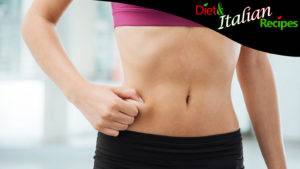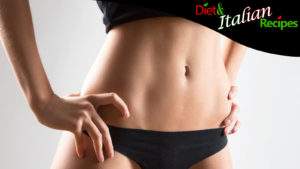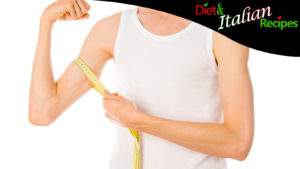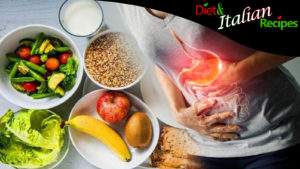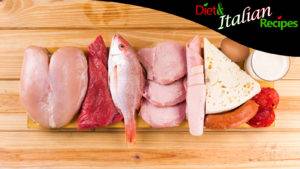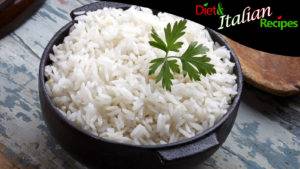The astronaut diet, developed by NASA nutritionists, serves to optimize nutrient intake and avoid stomach problems. Developed in the 1960s, this diet was designed to prevent the astronauts’ intestinal gas from destabilizing the delicate balance inside the ISS. The astronaut diet is based on nutritious, low-calorie foods that produce very little gas, but above all, it allows you to lose a lot of weight. Various people on Earth who have tried this diet have said they have lost up to 22 lbs of excess weight in just two weeks!
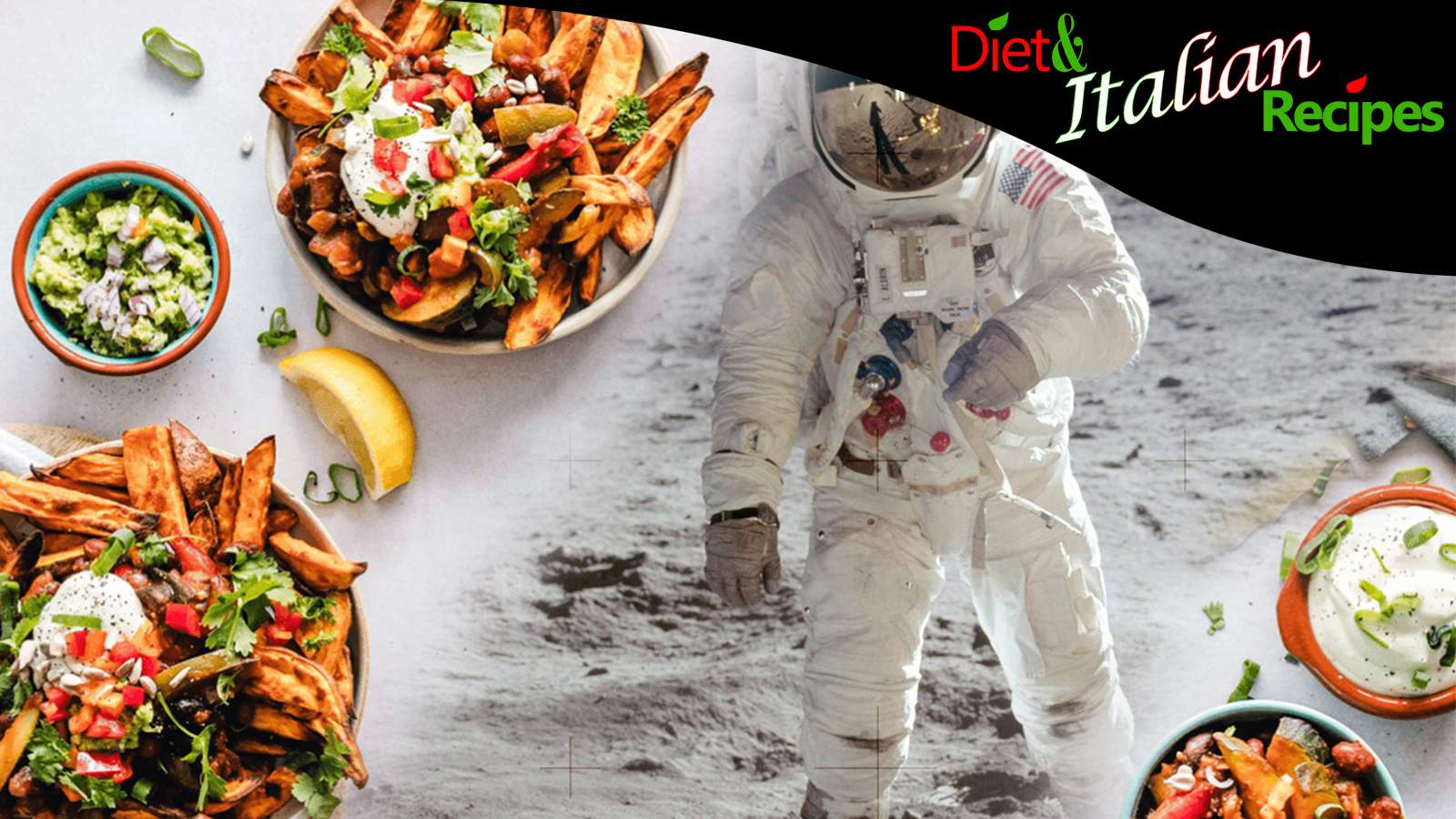
After a winter season that has forced us to spend more time on the couch than doing outdoor physical activity, it’s normal to find yourself with a few extra pounds, even though some people may have taken advantage of the opportunity and indulged throughout last summer. It’s time to change your physical shape with the astronaut diet.
Astronaut diet to lose 22 lbs
Lose 22 lbs in 13 days with this drastic diet – The astronaut diet has been shown to be capable of losing up to 22 lbs of excess weight in just two weeks of dietary program. Obviously, bearing in mind that astronauts aren’t permitted to make any exceptions, physical activity is mandatory, and daily water intake never falls below 2 liters.
Trying to keep up with the astronauts’ diet, we propose this 500-calorie daily meal plan that allows you to quickly lose those extra pounds. However, we recommend that you consult with your nutritionist or trusted doctor before attempting to do it yourself. The consequences of undertaking a drastic diet are much worse than just having a few extra pounds.
How it works – Recommended foods and foods to avoid
Lose 22 lbs in 13 days with this drastic diet – The astronaut diet lasts a maximum of 13 days and can be repeated up to 4 times a year; it includes three meals a day, here’s what to eat and what foods to avoid:
- avoid fats (no oil, butter or margarine),
- avoid sweeteners and sweets (no sugar, stevia, cakes, honey, cookies),
- limit milk and dairy products,
- avoid soft drinks, fruit juices, and alcohol,
- avoid smoked meat products,
- limit carbohydrates (eat little pasta, rice, bread, but also few vegetables like potatoes, beets, and carrots),
- green light to meat, fish, eggs, and vegetables (especially steamed leafy greens because of its appetite suppressant effect),
- always drink at least 2 liters of water (remember: the more water you drink, the fuller you feel),
- consume from 500 to 600 calories per day.
Astronaut diet, example
Lose 22 lbs in 13 days with this drastic diet – The astronaut diet is very fast and slimming, leaves no room for slip-ups, and is definitely not for everyone. However, here is an example of meals that can be chosen to follow this dietary program that has been used by astronauts since the 1960s.
What to eat for breakfast on the astronaut diet, CHOOSE:
- Cheese, poached eggs with ham, unsweetened coffee or tea.
- Tuna, grilled eggplant, unsweetened coffee or tea.
- Ricotta cheese, cauliflower, unsweetened coffee or tea.
- Omelet with cheese, unsweetened coffee or tea.
- Scrambled eggs with mushrooms and tomatoes, unsweetened coffee or tea.
What to eat for lunch on the astronaut diet, CHOOSE:
- Steak, Greek salad, celery soup.
- Pork loin, lettuce, vegetable soup.
- Egg salad, tomato soup.
- Baked fish, pickled cabbage.
- Grilled chicken, garden salad.
What to eat for dinner on the astronaut diet, CHOOSE:
- Grilled fish and salad
- Roast beef with green beans and broccoli.
- Leg of lamb with peas and tomatoes.
- Roasted chicken with pumpkin and green beans.
- Fried fish with cauliflower and broccoli.
(Limit all portions)
You can vary the vegetables or protein source according to your tastes, for example by swapping meat with fish, eggs with ham, or zucchini with pumpkin, and green beans with spinach. However, remember that you cannot use fats to dress the food.
After 13 days, the extra pounds will be a thing of the past, and you can only thank the NASA of the 1960s for your new slim figure.
SHARE the astronaut diet.
The information provided in the Diet and Italian Recipes articles is for INFORMATION ONLY and does not intend to replace the opinion of professional figures such as a doctor, nutritionist, or dietitian, whose intervention is necessary for the prescription and composition of personalized dietary therapies.

